
Sturgis rally may have caused more than 250,000 new coronavirus cases, study finds
The Sturgis Motorcycle Rally held in South Dakota last month may have caused more than 250,000 new coronavirus cases, according to an economic study focused on the public health costs of “superspreading” events.
The 10-day rally attracted more than 400,000 people. Prolonged interactions between individuals at high frequencies, along with "minimal mask-wearing and social distancing by attendees," raised concerns that Sturgis would lead to increased transmission of coronavirus, according to a new study from the IZA Institute of Labor Economics.
A synthetic control approach conducted by the researchers estimated the number of cases to 266,796 or 19 percent, the study said.
The nonprofit company’s findings have not been corroborated by epidemiologists or public health officials.
IZA’s study looked at the cost a “superspreading event” — a single gathering that results in an influx of new infections — would take on public health. Researchers used cell phone data to show increased foot traffic at bars, restaurants, and other venues in the Sturgis area and extrapolated a possible infection count based on increased infection rates following the event.
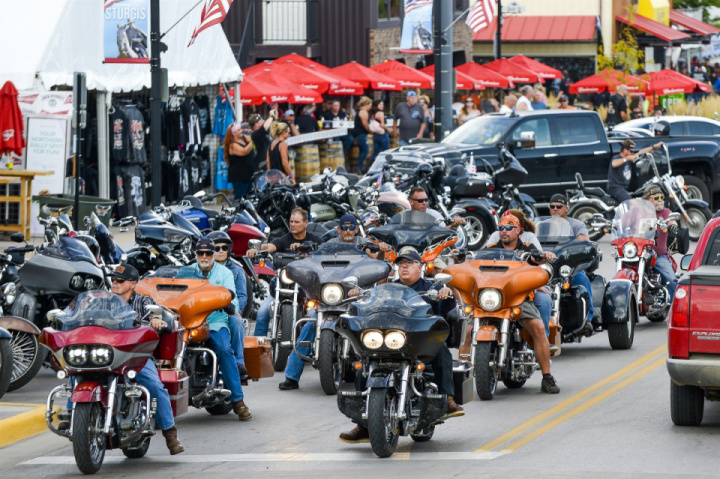
Findings indicated that if all cases were assumed to be non-lethal, the “conservative” estimated public health costs of the rally would be more than $12.2 billion, according to the study. That number is based on a previous study that estimated each COVID-19 case averaged out to $46,000.
“This is enough to have paid each of the estimated 462,182 rally attendees $26,553.64 not to attend,” the IZA study found.
Researchers admit this is not a fully accurate estimate of costs, but provides a “ballpark” cost on public health and “a sense of how valuable restrictions on mass gatherings can be in this context.”
It can be difficult to gain an accurate sense of how many cases spread from a single event, as the contact tracing process relies on cooperation from individuals and many do not get tested for coronavirus if they experience no symptoms. However, at least eight states have linked cases to the rally in the past two weeks.
A Minnesota man in his 60s and with underlying conditions who attended the rally died on Wednesday as a result of COVID-19. He was hospitalized and in the intensive care unit after returning from Sturgis, the Minnesota Department of Health confirmed last week.
South Dakota saw a 126% increase in new cases in the two weeks after the event, Reuters reported Sunday. Neighboring states such as North Dakota, Iowa, Minnesota and Nebraska have also seen a rise in new cases.
Dr. Sadiya Khan, an epidemiologist at the Northwestern University Feinberg School of Medicine, told NBC News last week that while the rally appeared to be a “superspreader event,” there are other factors involved in the uptick.
“Two things clearly appear to be driving it,” Khan said. “The motorcycle rally in Sturgis, as well as students returning to college and universities. The timeline seems to support that.”
This year's rally drew scrutiny after images and video appeared to show very few attendees wearing masks or observing social distancing. The lead singer for the band Smash Mouth came under fire for mocking the pandemic onstage.
Original Source [nbcnews]
#Events #Bike #Moto











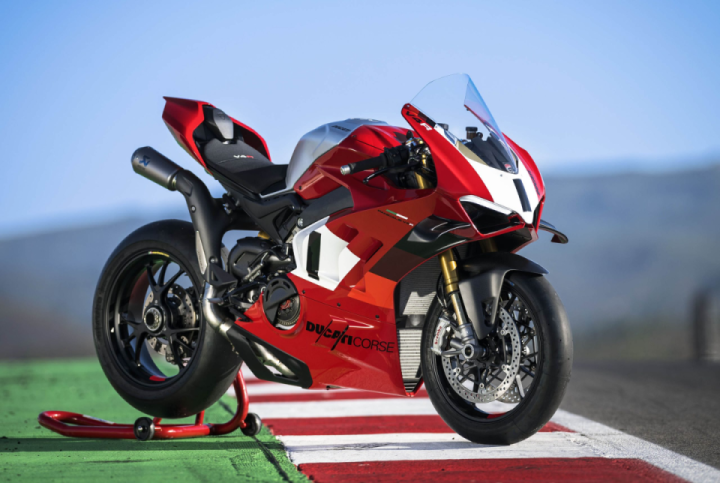
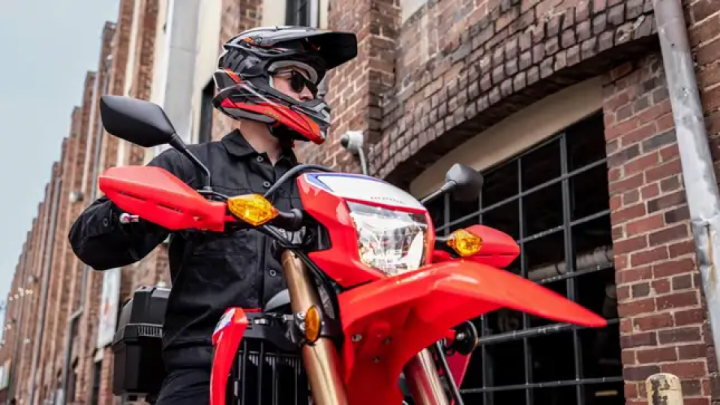
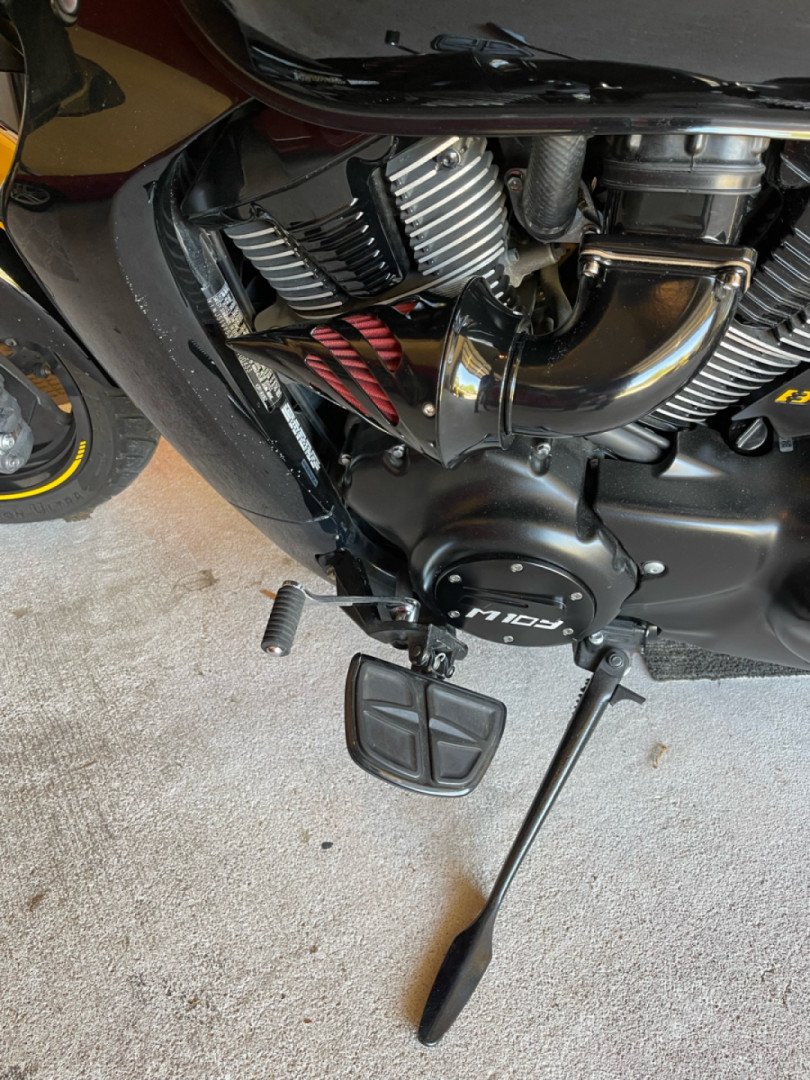
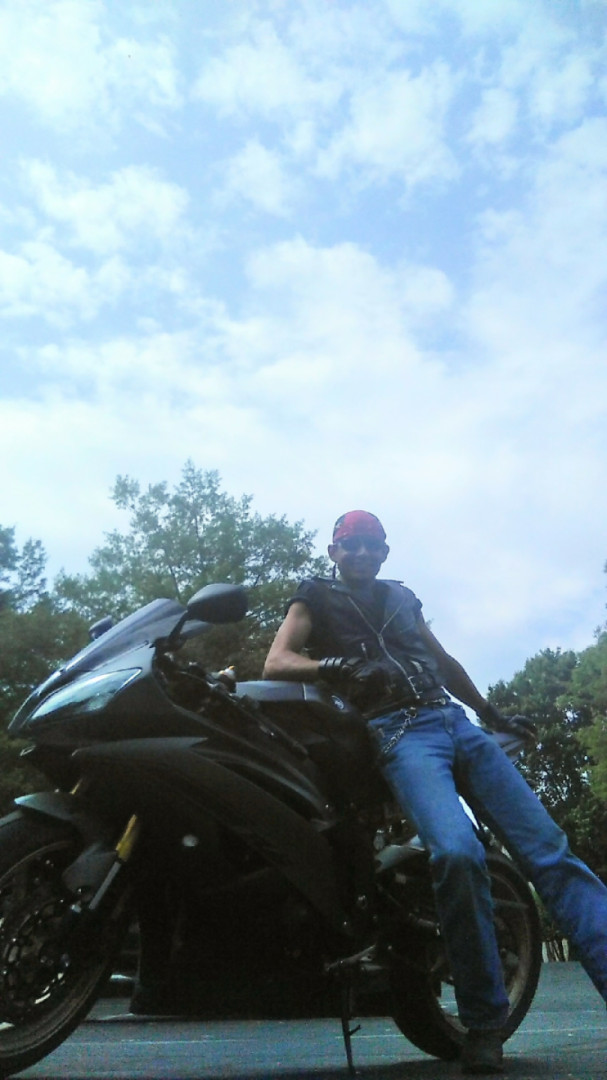
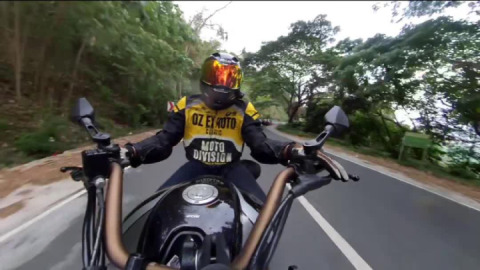


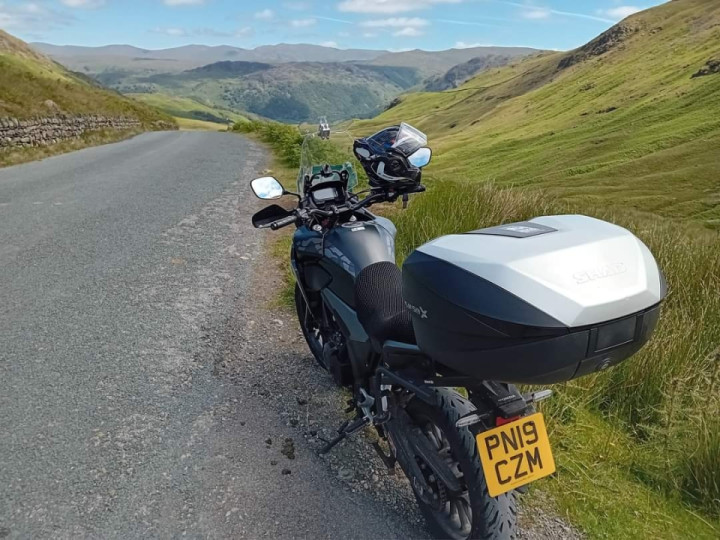

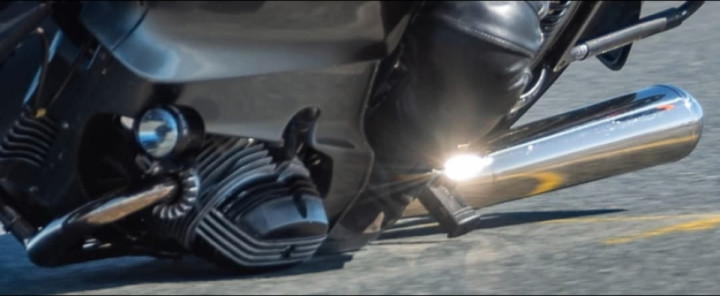
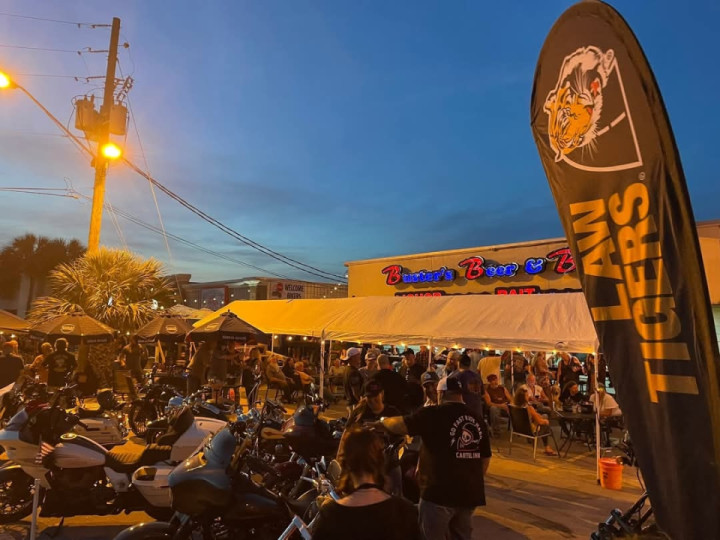
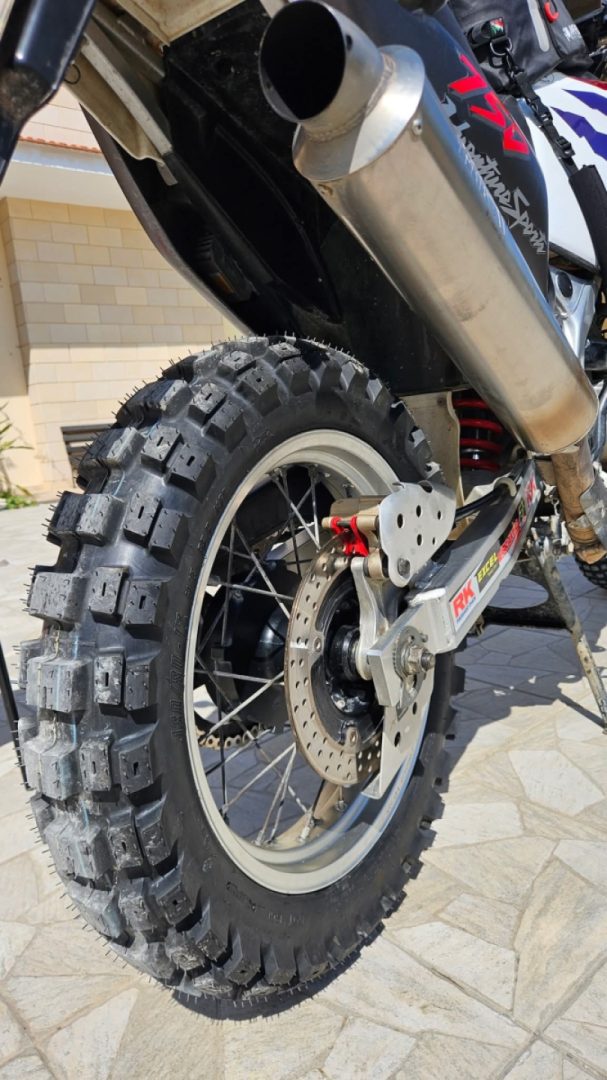
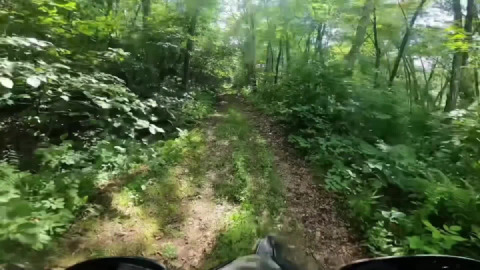
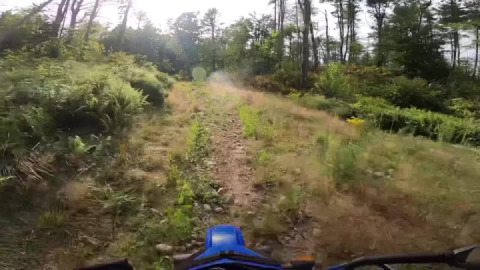
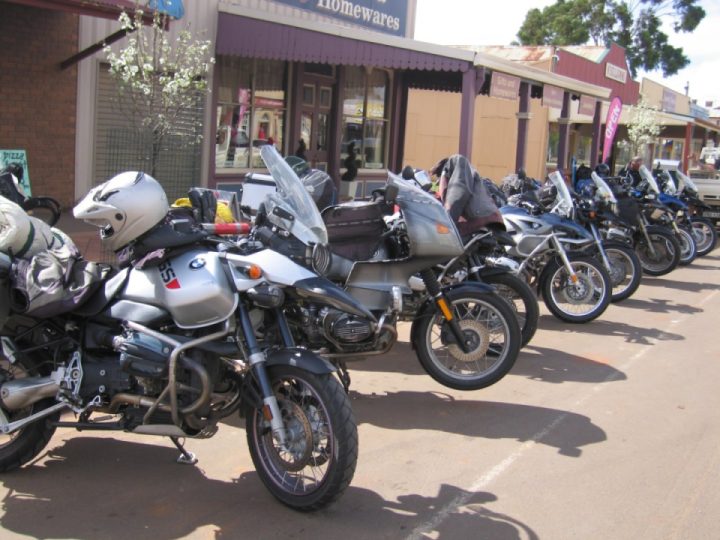
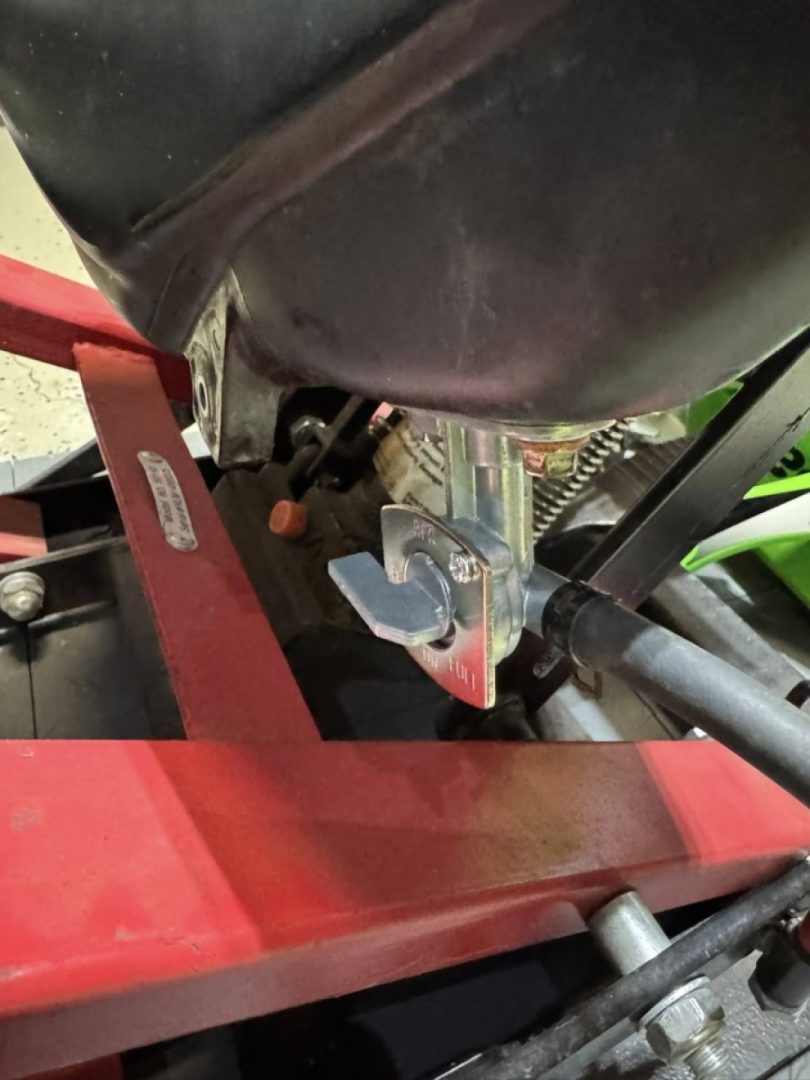
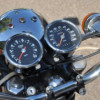


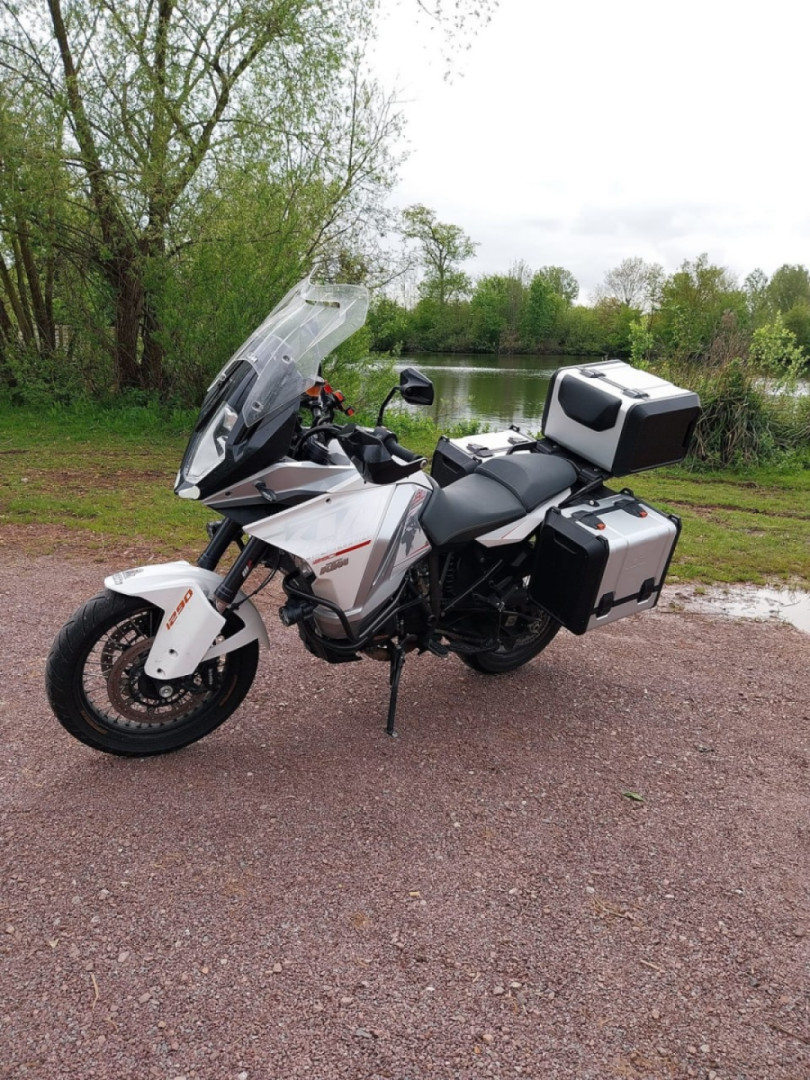
This has been debunked my several repair ya